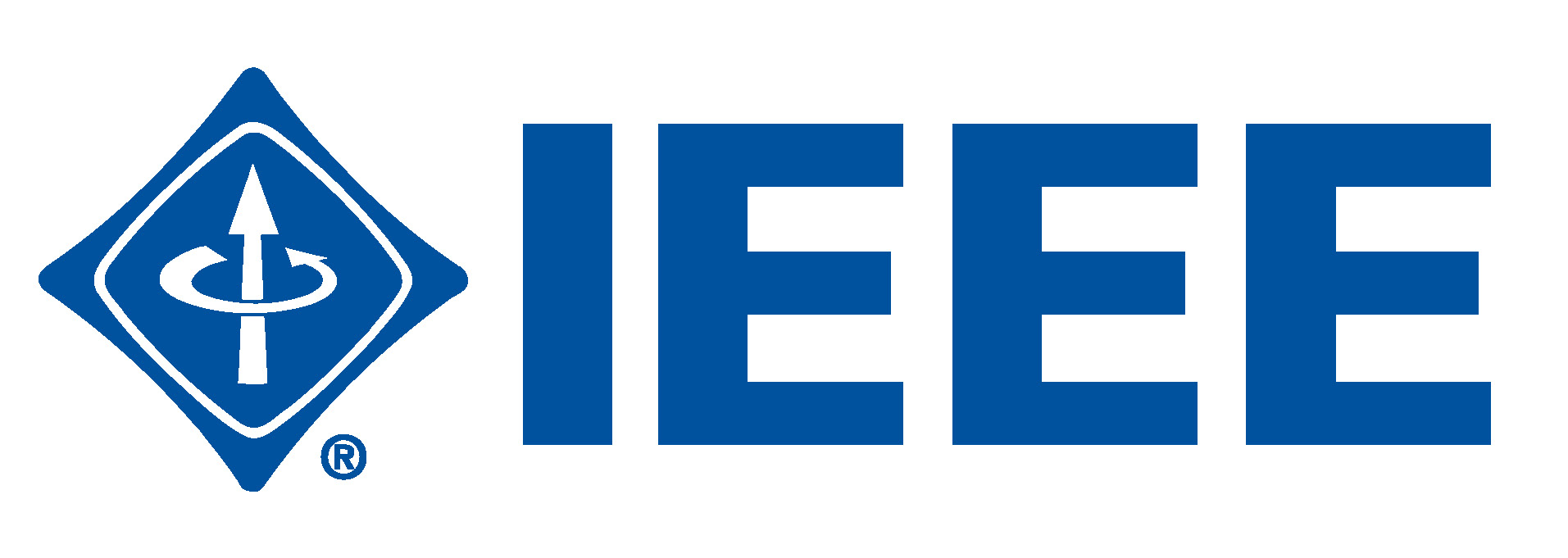 |
 |
 |
|
Today's embedded processors have come a long way from the original
Intel 4004 that ushered in the age of the embedded processor in 1971.
From simple origins with but a handful of RAM and not much more ROM,
embedded microprocessors have blossomed into systems with capacities
approximating the mainframes of the 1980's.
Microprocessor software infrastructure issues have evolved from
simplistic run-time libraries to full-fledged operating systems and tool
libraries. This growth, from systems consisting of hundreds of lines of
code to systems consisting of hundreds of thousands or millions of lines
of code, has dramtically increased the complexity of the software
environment.
In these environments, the selection of the correct tool kits
and paradigms can be an enormous advantage, providing previously
unimaginable leverage. Conversely, choosing the wrong paradigm or tool
kit can be a source of overruns and ongoing problems, catastrophically
raising costs and error rates.
Efficient use of the proper paradigms can speed software development,
eliminate errors, facilitate testing, and enable flexibility. The
converse does not bear contemplation. We will examine how architecture
enables the full capacities of today's embedded microprocessors.
|
Questions to:
webmaster@removethis.rlgsc.com